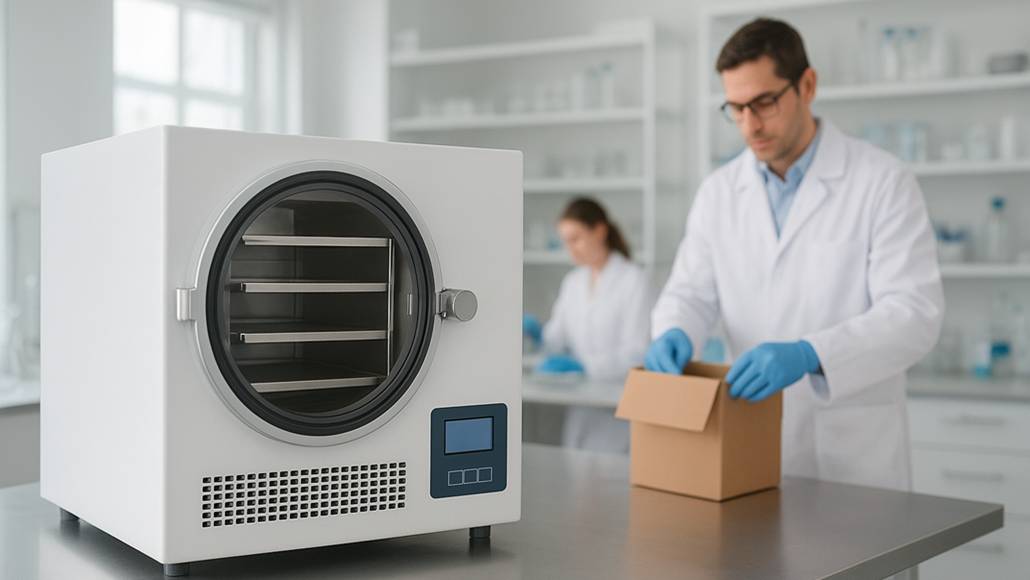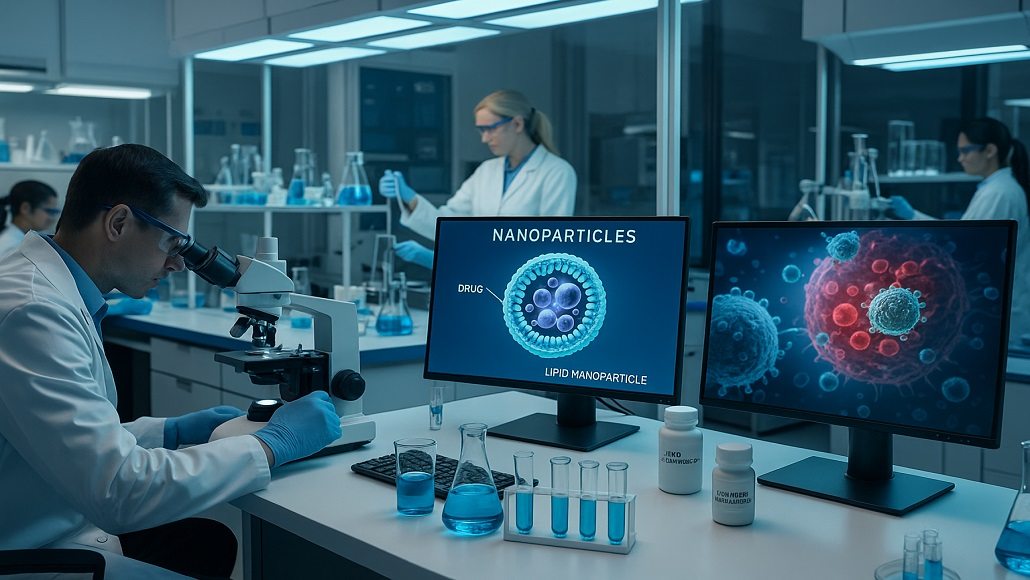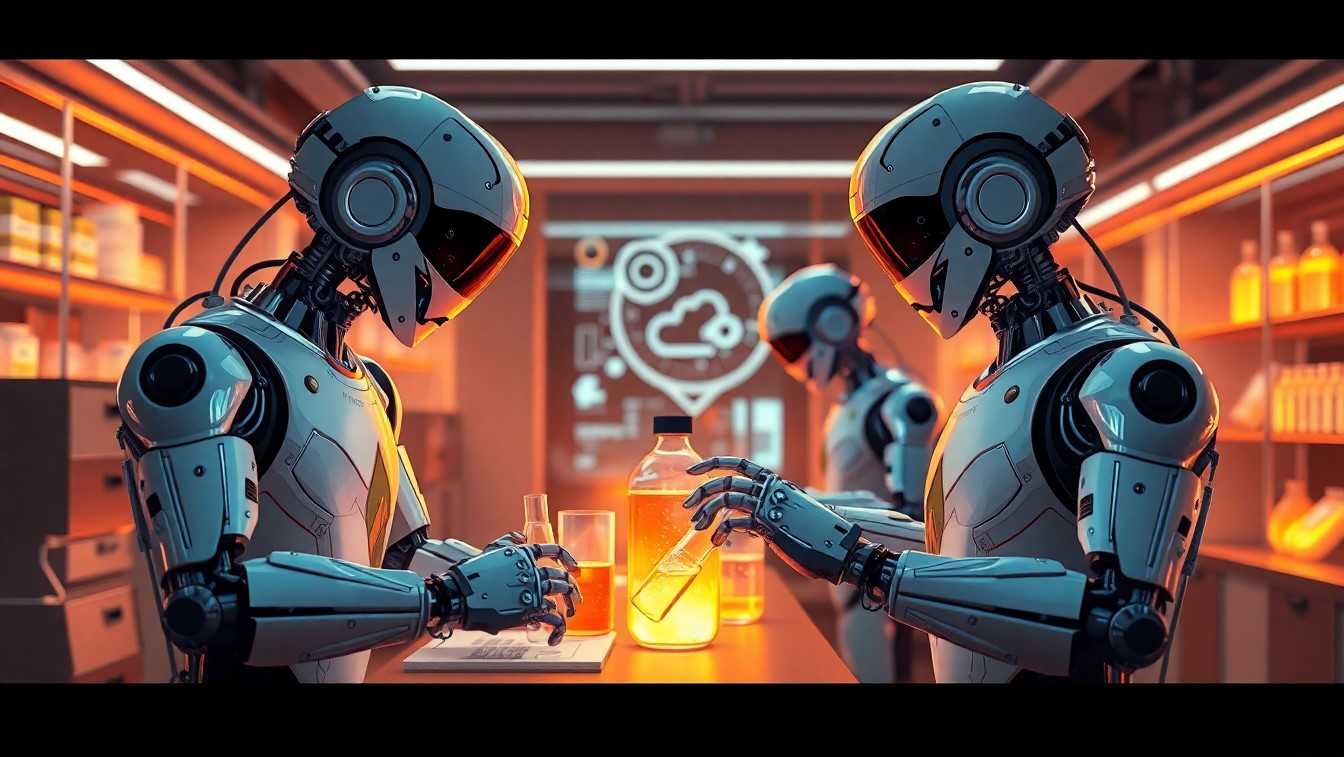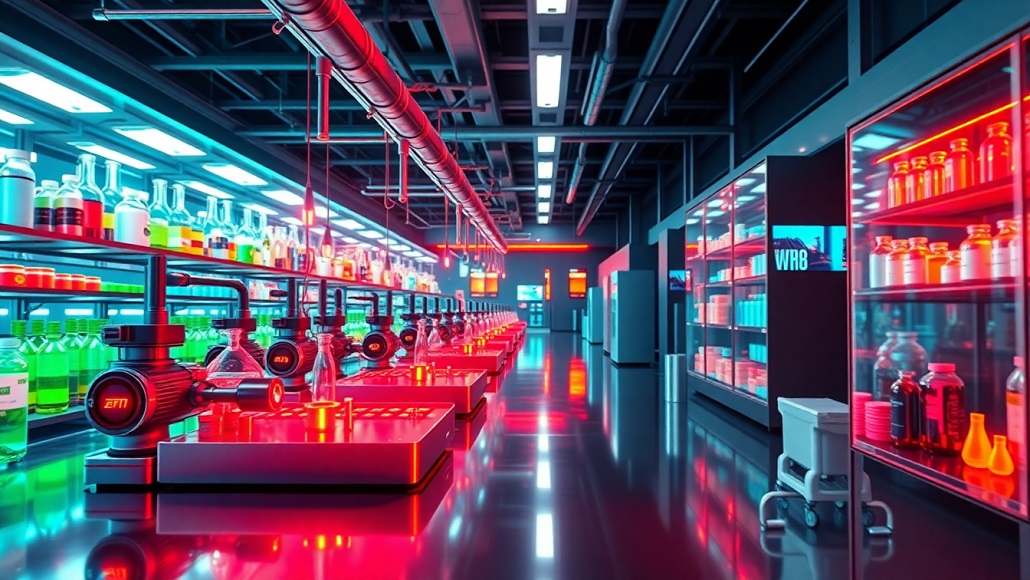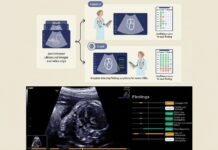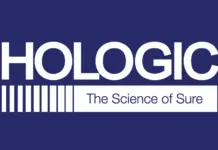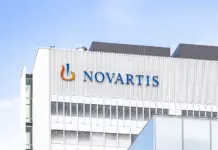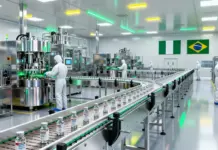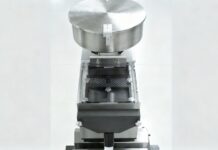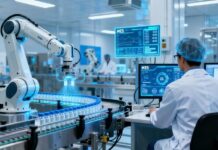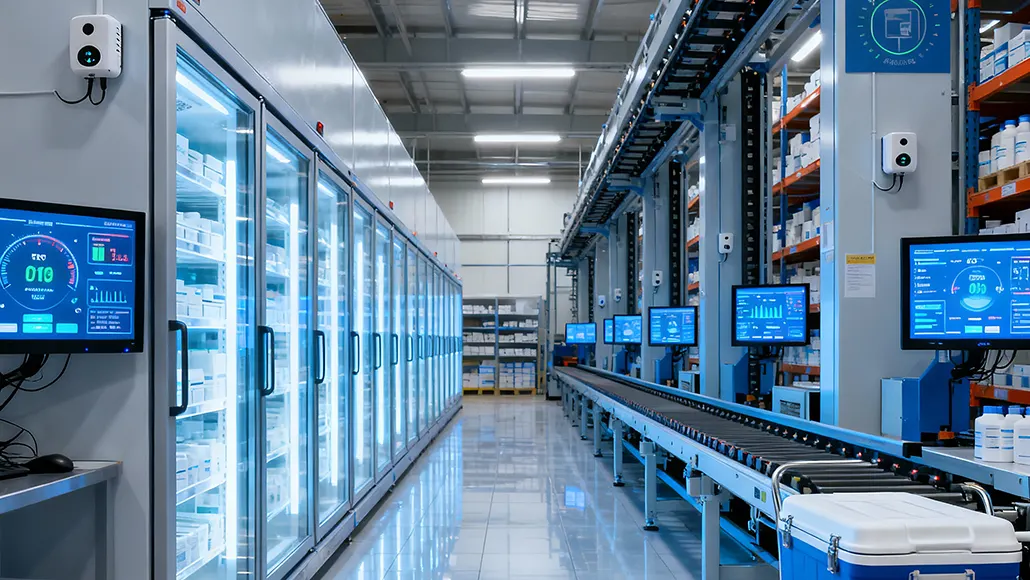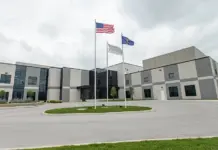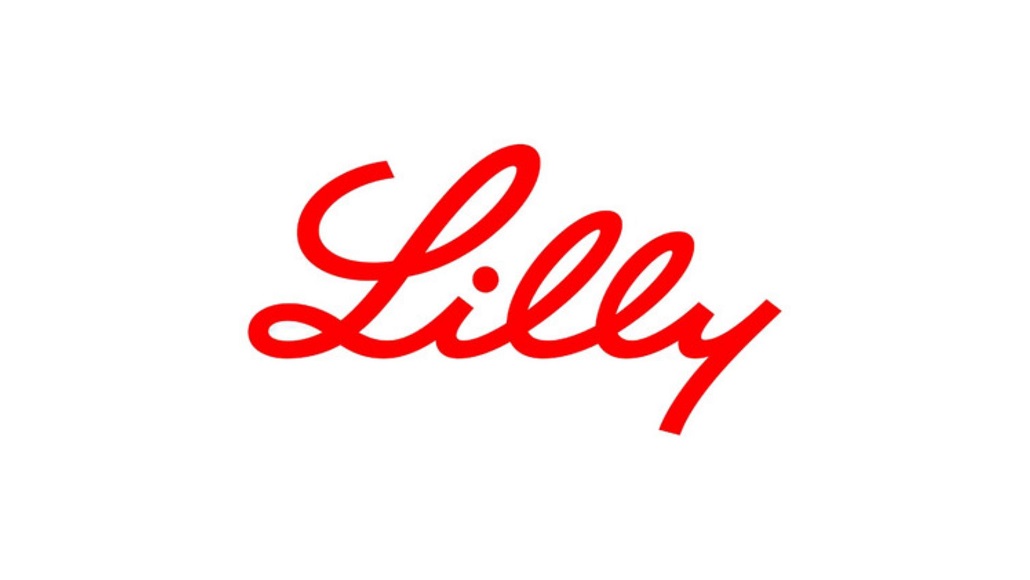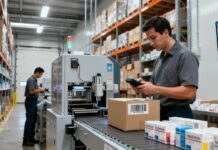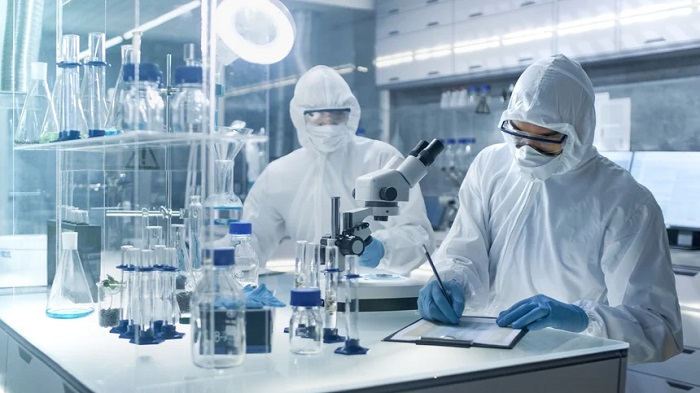In today’s fast-paced laboratory environments, maintaining productivity while ensuring high-quality data capture is a critical challenge. Traditional lab informatics systems often require scientists and technicians to operate the software from a desktop PC, relying on keyboards and mice. However, this model falls short in the face of the realities of laboratory work. The use of gloves, the handling of sensitive samples, and the need for continual interaction with equipment make traditional data entry methods impractical. This disconnect between the needs of scientists in the lab and the existing documentation processes can lead to significant inefficiencies and potential errors in data collection.
Scientific reactions don’t pause!
One of the primary frustrations faced in laboratories is that pausing to document observations or capture data can interrupt the natural workflow. For instance, when a researcher is in the middle of an experiment, having to stop what they are doing to input data costs a lot of time and often leads to the documentation being deferred to later. In an effort to adapt, many revert to outdated practices, such as scribbling notes on paper or taking informal notes on surfaces like glass or towels—methods that can lead to disorganization and data inaccuracy.
Between flexibility and compliance
The second frustration is that digital interfaces tend to offer much less flexibility than traditional paper notes. A scratched note to make a correction, a comment added on the side. Within this aspect, there is also an inherent conflict between getting work done on a busy afternoon and the benefits of well-structured, compliant documentation.
The touch of a glove
The third aspect is that today’s workplaces are often not built for easy access to digital information. Lab furniture is designed for manual work, media storage, and safety. It is easy to bring your paper notebook too. But accessing digital notes, process documentation, or databases comes with challenges from contamination risks to interfaces that are not adapted to the environment, such as keyboards or touchscreens.
To address these challenges, we must reassess our approach to interacting with digital systems in the lab. What kind of data and interactions do we actually need?
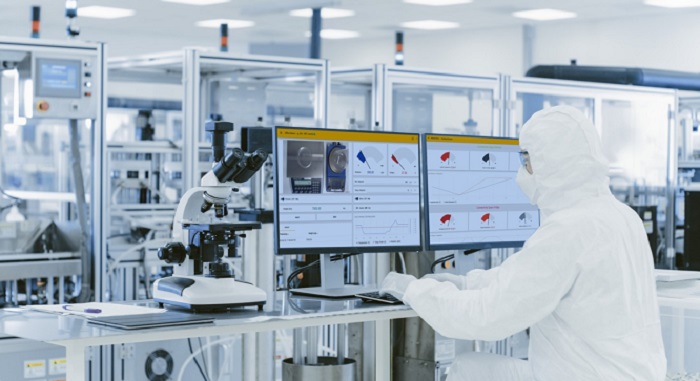
We want it all and we want it now!
First and foremost, lab personnel require access to data generated by their equipment in real time. This includes raw data but also observations, images, videos, and context information ( e.g., next steps, sample information, safety protocols, and relevant chemical information). Moreover, calculations based on gathered data and input from users should be easily accessible and performed seamlessly within the lab setting.
Low-touch, high efficiency
To eliminate disruptions associated with traditional data entry, it’s essential to explore newer, more efficient interfaces. Connected equipment can significantly simplify the documentation process by automatically capturing readouts and eliminating the need for manual data entry. This connectivity allows for a streamlined flow of data from the equipment directly to the lab informatics system. Additionally, hands-free observation techniques and note-taking, especially through voice recognition, should be incorporated to allow scientists to document their findings without interrupting their tasks.

Fast access
Access to lab informatics data should be intuitive, allowing scientists to conduct voice-based queries that retrieve necessary context information on the spot. This enables them to focus more on their experiments and less on logging data.
Real-time feedback
Moreover, technicians need to maintain an overview of their work for both real-time feedback and ongoing insight. Visual feedback should be integrated into their workspace, ensuring that context information and recorded data are always readily available. This visibility enhances the accuracy of the information being documented while keeping technicians engaged in their work.
We firmly believe that there is immense potential in reimagining lab informatics to dramatically enhance productivity at the bench. We have abundant evidence that these innovations can be implemented today, delivering immediate impacts long before the advantages of advanced data analytics or AI strategies take effect.
A modern Lab Execustion System (LES) should enable the connection of an entire instrument fleet, ranging from benchtop to analytical devices. It also needs to be vendor-neutral, retrofitted, and scalable to enable labs to seamlessly integrate hundreds of instruments into their operations.
As we emphasized the importance of visual feedback for lab technicians, we believe that recording data in real-time and providing immediate visual feedback through mobile or stationary devices, helps technicians to maintain their focus, enhancing both accuracy and efficiency in their workflows.
The integration of voice and AI capabilities into laboratory tools is increasingly transforming lab workflows. For example, Electronic Lab Notebooks (ELNs) can now feature built-in voice input functionality, allowing users to dictate notes, issue commands, and interact with digital documentation hands-free. This hands-free approach helps scientists stay focused on their experiments while ensuring that critical data is recorded seamlessly.
The shift toward voice-enabled and AI-driven systems is having a noticeable impact on laboratory environments. By reducing the reliance on manual data entry and traditional note-taking, labs are seeing improvements in both efficiency and data integrity. With less chance of human error, technicians can concentrate fully on their experiments, resulting in more accurate and consistent outcomes.
In addition, the use of AI and voice technology is promoting smarter laboratory practices. Researchers can quickly access information about protocols or chemical properties in real time, enabling better decision-making and enhancing their understanding of ongoing experiments. As laboratory practices continue to evolve, systems that offer contextual assistance and anticipate user needs will be essential in improving both productivity and accuracy.
To conclude, hands-free documentation represents a pivotal change in laboratory workflows, enhancing both productivity and data quality. With the right tools and technologies, labs can move beyond outdated practices and embrace a fully integrated approach to data capture and documentation. The future of lab informatics is not just about collecting data; it’s about enabling scientists to focus on what they do best—driving groundbreaking research.
Author:
 Julian Lübke – Labforward
Julian Lübke – Labforward
He is the Chief Business Officer at Labforward, where he drives the growth of the Laboperator business. A co-founder of Labforward in 2015, he helped build the company from the ground up—starting in engineering and marketing, moving through platform integration and product management, and ultimately stepping into a business leadership role. He studied Industrial Engineering at KIT in Karlsruhe and is passionate about connecting technology and science to make laboratory research more digital, efficient, and accessible.
IN: https://www.linkedin.com/in/jluebke/
About Labforward

Labforward is a leader in lab informatics and automation, offering a cutting-edge suite of tools designed to enhance productivity, data quality, and collaboration in laboratories worldwide. Our portfolio includes Labfolder, an intuitive and compliant electronic lab notebook (ELN) with an integrated voice-powered mobile app; Labregister, a versatile inventory management tool; Laboperator, a powerful lab execution system (LES) for connecting devices and automating workflows; and LabTwin, an AI and voice-powered digital lab assistant that enables hands-free data capture and access directly from the bench.
Whether used together or integrated with your existing lab informatics systems, these solutions create a flexible, interoperable ecosystem that supports researchers at every stage of their work. Trusted across industries (Pharma, Biotech, Chemistry, Materials Science, Consumer Goods, Food & Beverage, and Academia) Labforward simplifies complex workflows, ensures seamless data capture, and empowers labs to make informed, data-driven decisions in real-time.
Backed by strategic investors such as Tecan, Sartorius, BCG Digital Ventures, and Peppermint Venture Partners, Labforward is at the forefront of smart lab digitalization and innovation, delivering cutting-edge tools for the labs of today and tomorrow.



